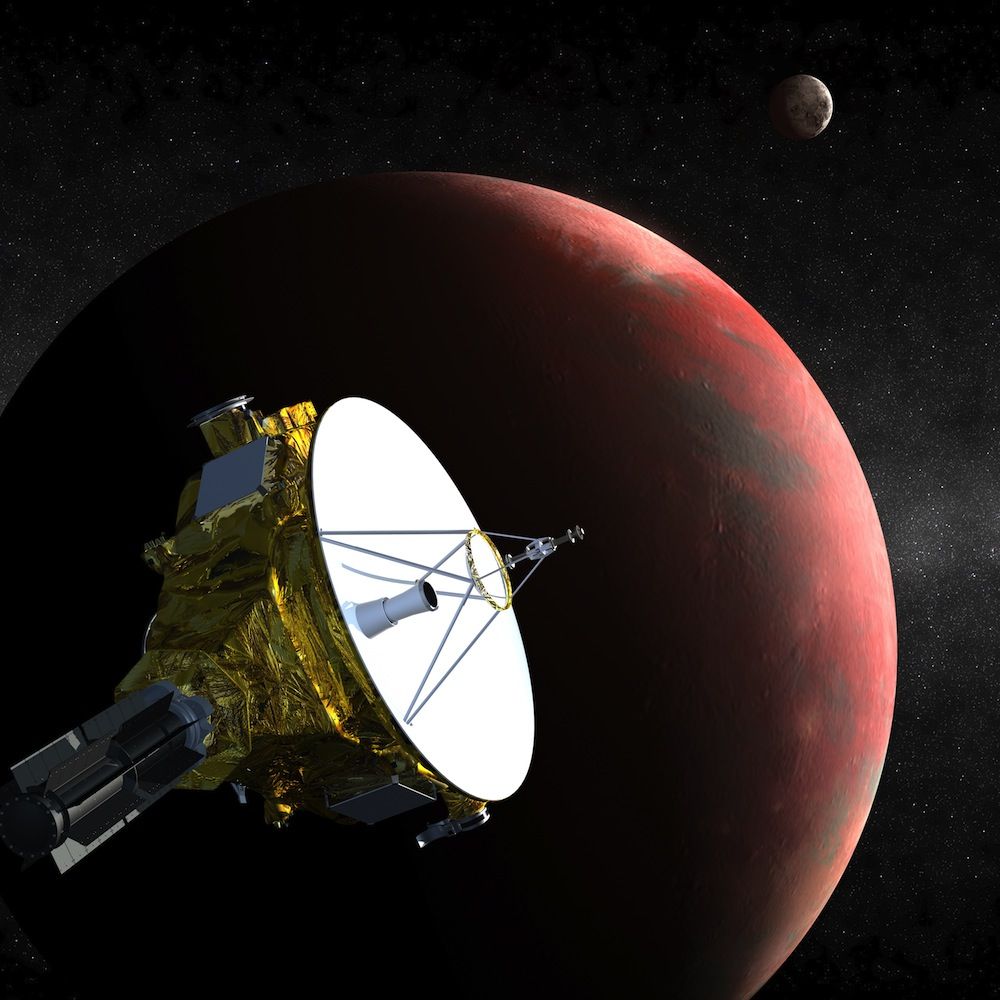'Global Selfie' Project Will Beam Earthling Message to Space

WAIMEA, Hawaii — A new project aims to send a special message from Earth — a type of global "selfie" — into space, by uploading it to a spacecraft traveling through the cosmos on its way to Pluto.
Led by Hawaii-based artist Jon Lomberg, the so-called One Earth project aims to beam pictures, sounds and other data representing the planet's inhabitants to NASA's New Horizons spacecraft.
"Why not make a crowdsourced self-portrait of Earth?" Lomberg told a crowd Friday (Sept. 12) here at HawaiiCon, a science, sci-fi and fantasy conventionon the Big Island of Hawaii. Sci-fi celebrities from popular TV series and local astronomy experts mingled with convention attendees at the three-day event. [Destination Pluto: NASA's New Horizons Mission in Pictures]
Famed astronomers Carl Sagan and Frank Drake first had the idea of sending a message from Earth to space in the form of a plaque on NASA's Pioneer spacecraft. Pioneer 10 and Pioneer 11 were launched in 1972 and 1973, respectively, and were the first probes to explore the area around Jupiter and Saturn.
"The idea that we might not be alone in the universe was important to Carl," Lomberg said.
Lomberg worked with Sagan and Drake to put together the Golden Records for NASA's twin Voyager probes, which launched in 1977 and are still streaking through space. In fact, scientists reported last year that the Voyager 1 spacecraft may have exited the solar system into interstellar space. The gramophone records flying aboard both probes are etched with drawings, photos and diagrams of human biochemistry and other features that would tell would-be aliens about humans and life on Earth.
NASA's latest voyaging probe, the New Horizons spacecraft, will fly by Pluto in 2015, on its way out of the solar system. But unlike Voyager and Pioneer, the New Horizons probe is not carrying any information about Earth and its inhabitants.
Sign up for the Live Science daily newsletter now
Get the world’s most fascinating discoveries delivered straight to your inbox.
Lomberg dreamed up the idea of beaming a message to the spacecraft that could be carried out into the galaxy. But instead of the message being generated by only a few scientists and artists, Lomberg wanted this one to reflect people from around the world.
But to convince NASA to accept this idea, Lomberg and his collaborators had to get people to sign a petition. He collected responses from around the world, with more than 140 countries represented in the online petition. Interestingly, about 10 percent of the first 10,000 signatures came from Pacific islands. "There must be something that resonates with the [voyaging] culture of [the] Pacific," Lomberg said.
NASA accepted the proposal and has agreed to set aside 100MB for the crowdsourced content on the New Horizons probe, after the spacecraft finishes capturing images of Pluto. So now that the project has been approved, where do you start?
Lomberg envisions having people from around the world, including kids, submit photos and other forms of media online. But he also wants to include contributions from people who don't have access to the Internet, such as tribes in the Kalahari Desert in Africa.
Submissions could span a range of subjects, from humans to other animals to objects within the solar system. But Lomberg and his team also want to include images that reveal the dark side of Earth, such as pictures of famine or the atomic bomb. To deny humanity's problems would create a dishonest picture of Earth, Lomberg said.
"We don't know how long [the message] will last," and most likely, it will never be found, Lomberg said. But besides E.T., the message has another audience: the people of Earth, he said.
Editor's Note: This story was generated during a trip paid for by the Hawaii Tourism Bureau.
Follow Tanya Lewis on Twitter and Google+. Follow us @livescience, Facebook & Google+. Original article on Live Science.











